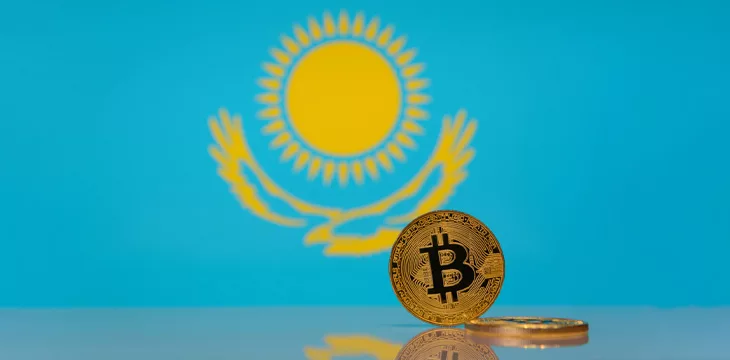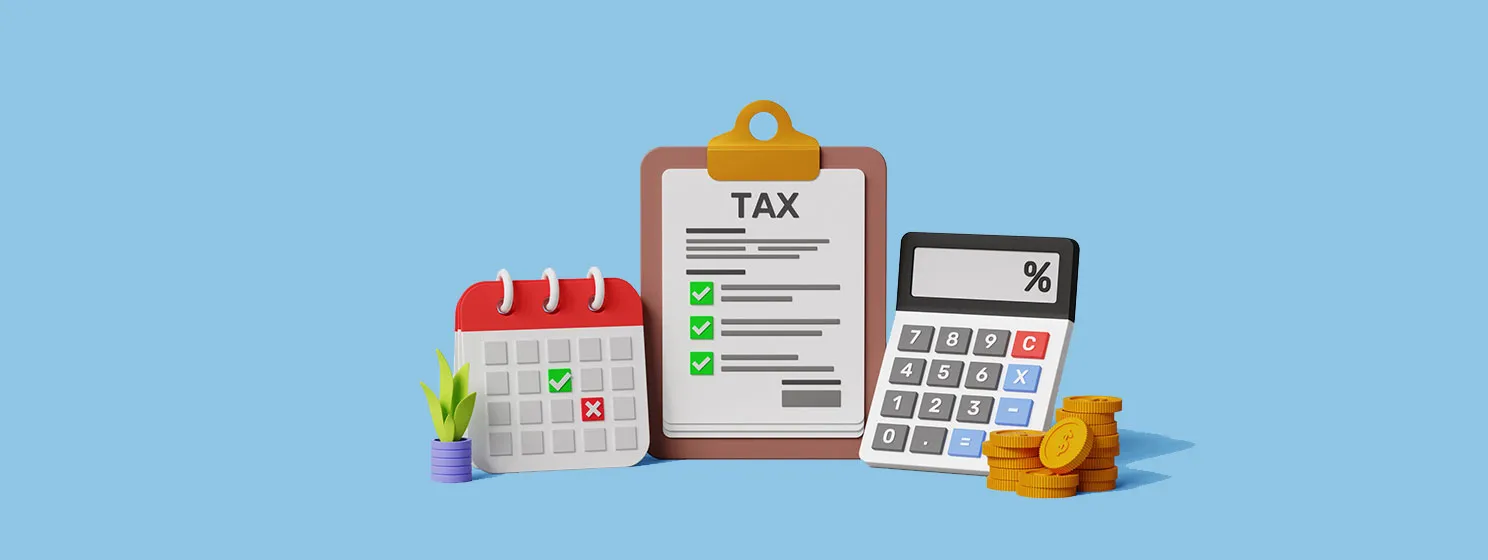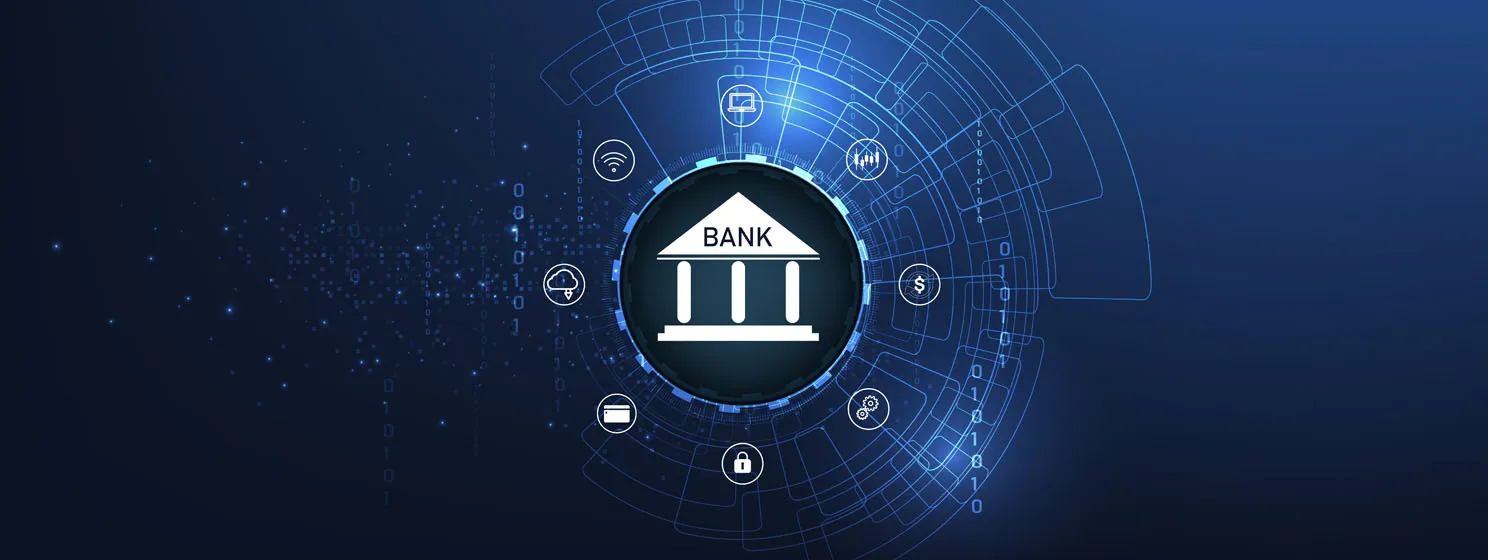|
Getting your Trinity Audio player ready...
|
Kazakhstan has joined the Bahamas and Nigeria in launching a central bank digital currency (CBDC)—the digital tenge.
Binur Zhalenov, the chair of the National Payment Corporation (NPC), launched the CBDC at the XI Congress of Finance in the country’s largest metropolis, Almaty. NPC is a division of the National Bank of Kazakhstan focusing on digital payments.
Kazakhstan launches its digital tenge. And made the first payment. This is a historical moment 🎉🎉🎉 pic.twitter.com/EOB6r93c55
— Adilet01 (@AdiletSabyrzan) November 15, 2023
Zhalenov revealed that a digital tenge account would link to the major digital payment options, including debit cards—with Mastercard (NASDAQ: MA) and VISA (NASDAQ: V)—and mobile payment platforms, including Apple Pay (NASDAQ: AAPL) and Samsung Pay.
“The card I paid with is the world’s first debit payment card linked to a central bank digital currency account,” he told the audience as he made the first-ever digital tenge payment live on stage.
He said the central bank is launching the CBDC in stages, starting with retail payments. This is a refreshing take on CBDCs, with most central banks stating that a wholesale CDBC would be the best start. The Bank for International Settlements (BIS) has published reports that support this claim and recently stated that a wholesale CBDC is not as complex or risky and is thus the best option to start with.
Kazakhstan is taking a different approach.
“Today, we will launch the digital tenge into retail circulation, and next year, we are counting on the large-scale development of the platform together with our partners and financial market participants. More and more innovative services will appear,” noted Zhalenov.
The digital tenge will exist alongside and as a complement to physical cash. It will be accessible to users without an internet connection, Zhalenov said. This has become a critical factor in the success of any CBDC, with USSD codes emerging as a strong alternative for those without access to the internet.
A programmable digital tenge
Zhalenov further revealed that the digital tenge will be programmable, yet another key area of contention in the CBDC world. In the U.S., programmability has stirred heated debate between liberals and conservatives, with the latter strongly against it.
Earlier this year, Senator Warren Davidson (R-OH) tore into the Federal Reserve, claiming that “money should not be programmable by a central authority” and that it “should be a stable store of value and an efficient means of exchange, not a tool for surveillance, coercion, and control.”
Kazakhstan has no such qualms.
“But the digital tenge can still be programmed. Essentially, this is smart money that can be used in smart contracts, innovative financial services, secure payments with digital assets, and much more,” Zhalenov stated.
In countries like Germany and Italy, banks have raised concerns over a CBDC leading to disintermediation. Again, Kazakhstan will not have such a problem, Zhalenov noted. He claims that the digital tenge is structured in a way that puts commercial banks at the heart of the system. Consumers will access the CBDC primarily through their banking apps.
“It is secured by the obligations of the state represented by the National Bank [and] this guarantees the safety of the funds of citizens and businesses, which are stored in the national digital currency… The digital tenge can be cashed anywhere in the world through a regular ATM,” he added.
While it has started by targeting retail payments, the Kazakh central bank believes the digital tenge will underpin its cross-border transfers by 2025. Two of the country’s three biggest export markets are China and Russia, two nations that are fast-tracking their CBDC efforts for cross-border funds transfer.
To learn more about central bank digital currencies and some of the design decisions that need to be considered when creating and launching it, read nChain’s CBDC playbook.
Watch: How CBDCs on Bitcoin should work

 07-14-2025
07-14-2025 





